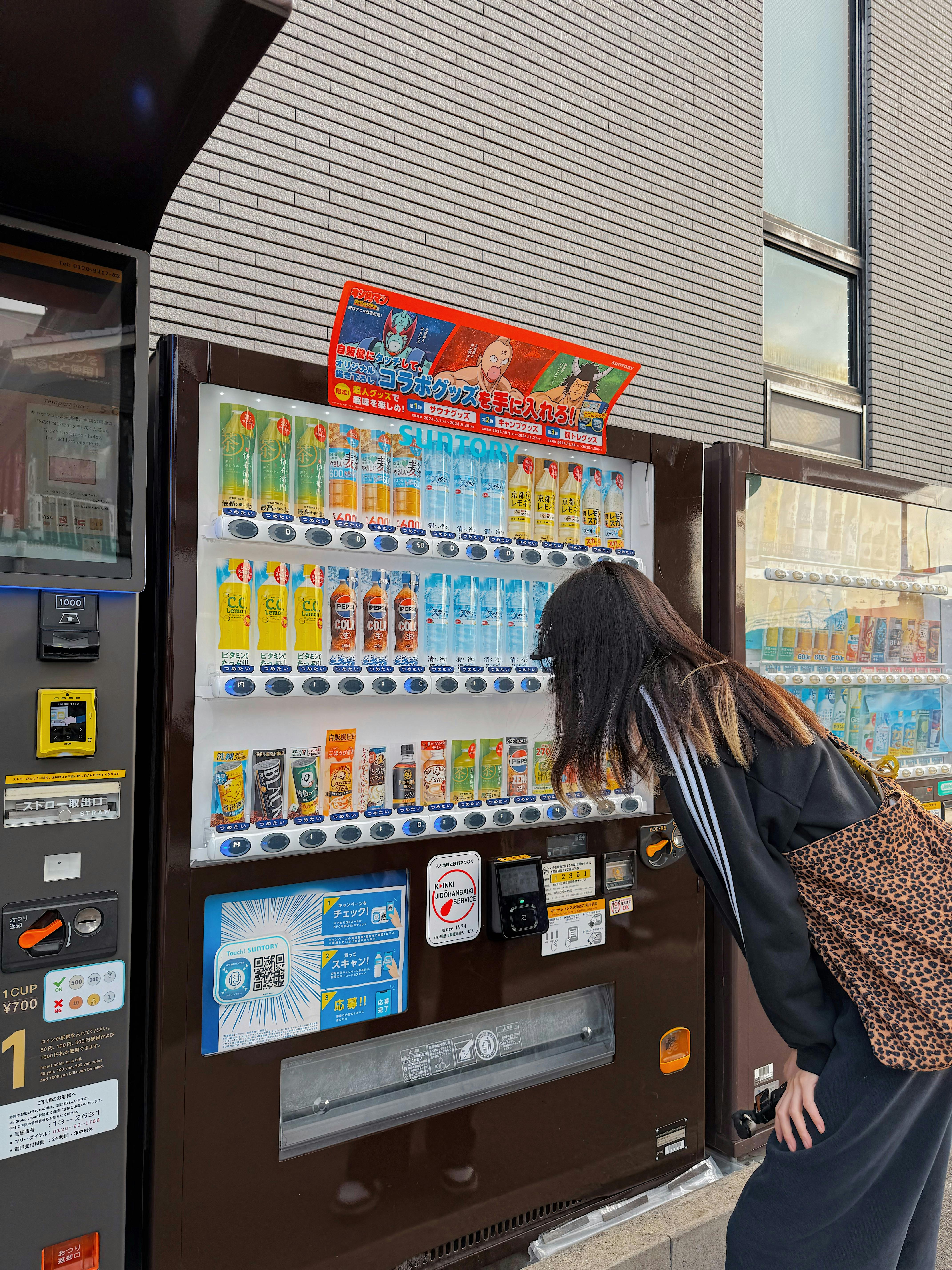Japan’s Complete Guide to Innovation Management and Technology Commercialization for Long-Term Business Growth
Back when I first started working with Japanese tech firms in Tokyo around 2012, I was amazed by just how much emphasis was placed not merely on the next flashy gadget or software breakthrough, but on sustainable, systematic innovation management—a discipline that goes far beyond “invention” or “good ideas.” Frankly, what really strikes me now, looking back, is how much their deeply rooted cultural approach shaped my own understanding of what technology commercialization truly means.
So, why focus on Japan? As we head into late 2025, the international business community increasingly views Japan’s innovation management systems as both extremely reliable and remarkably adaptable. Their multi-layered frameworks—combining traditional kaizen continuous improvement, Lean startup principles, and corporate-academic collaborations—offer a kind of “complete toolkit” for anyone seeking true long-term growth, not quick wins1.
Ecosystem, Collaboration & Culture
Speaking of scale—where Japan really stands out is the way it builds innovation ecosystems, not just isolated company labs.
Ever notice how nearly every successful Japanese tech launch involves collaboration between private enterprise, government, and academia? (Honestly, I didn’t, until my third year consulting for a medical devices firm—a colleague from Kyoto University explained why their “joint innovation office” ran circles around our siloed approach.)
According to METI (Japan’s Ministry of Economy, Trade, and Industry), over 60% of all Japanese high-tech startups are built through some form of formal partnership9.
- Joint research labs at university campuses
- Government grants focused on “desirable failure” projects (yes, really)
- Startup accelerators attached to large corporate R&D departments10
- Multi-company innovation clusters in cities like Fukuoka and Sendai

Future Trends & Key Challenges
Where do things go from here? Actually, thinking about this differently—Japan is standing at a crossroads. Advanced robotics, AI, and biotech are accelerating, but legacy structures remain stubbornly hard to change.
Last month, during a Futurist Panel at the Japan External Trade Organization, several industry leaders highlighted 3 megatrends set to reshape innovation management:
- AI Integration: Machine learning is now core to R&D planning and even market prediction—yet, ethical compliance remains a massive challenge16.
- Open Innovation Platforms: Online ecosystems linking SMEs, universities, and investors are breaking barriers, but also exposing intellectual property to new risks.
- Globalization Pressure: With increased foreign competition, “Japanese-style innovation” faces the need to adapt strategies faster, especially in digital health and green tech.
| S'orienter | Current Impact | Key Challenge | Action Needed |
|---|---|---|---|
| AI in R&D | Faster prototyping, predictive analytics | Ethical bias, data security | Transparent AI policies, education |
| Open Platforms | Resource sharing, cross-sector ideas | IP vulnerability | Robust digital rights protection |
| Globalization | Broader markets, new partners | Cultural adaptation speed | Rapid feedback cycles, cultural literacy |
Let that sink in for a moment: these trends mean that business growth in Japan isn’t just about smarter tech, but smarter, safer, and more adaptive management.
Overcoming Systemic Barriers
Let me step back for a moment here—every environment has limits. In Japan, common innovation blockers include:
- Rigid hierarchy and slow decision-making
- Limited risk capital for ultra-early-stage ventures
- “Consensus over speed” mentality
- International IP enforcement difficulties17
Conclusion: Enduring Innovation—Why Japan’s Approach Matters Now
Let me think about this—Japan’s complete guide to innovation management isn’t just a collection of best practices or frameworks. It’s a reflection of a living business culture deeply invested in the art (and, yes, sometimes frustrating science) of long-term adaptation.
Having worked alongside teams that spent months refining seemingly minor product changes, I realise now that this patience and learning mindset is what sets Japan apart. For anyone looking to build resilience into their own technology commercialization, there’s réel value in these methods—especially kaizen, robust pilot processes, and well-structured collaborations.
Of course, no model is perfect. Japan’s system sometimes slows breakthrough moments. Early-stage venture risk isn’t always rewarded, and decision cycles can drag. But, on balance, what excites me is seeing how even centuries-old design philosophies are finding new life in green tech, digital health, and AI startups. That’s creativity, discipline, and adaptability—fused.



